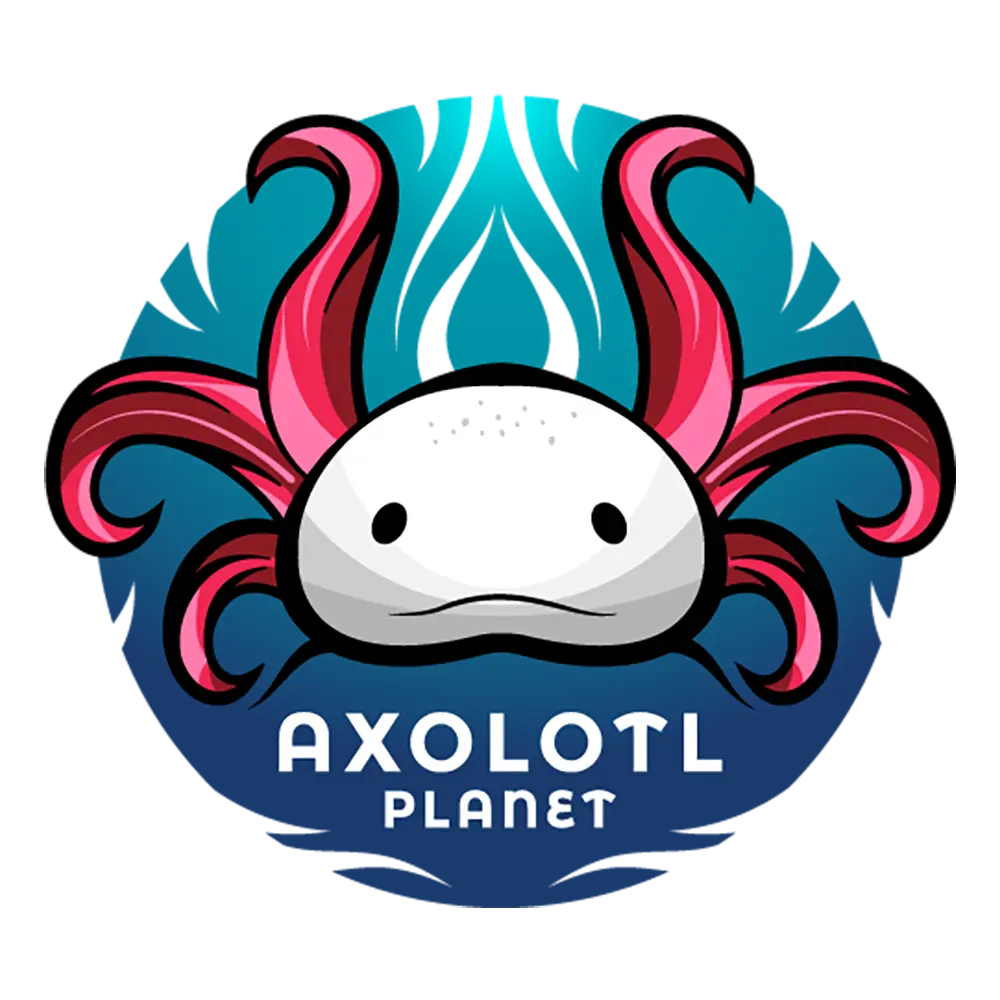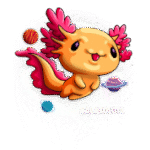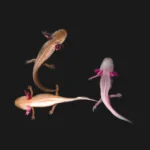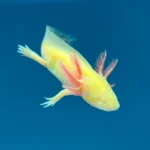What Do Axolotls Eat

What Do Axolotls Eat?
Axolotls (Ambystoma mexicanum) are fascinating amphibians known for their unique appearance and remarkable regenerative abilities. As carnivorous creatures, their diet plays a crucial role in their health and well-being. In this blog post, we’ll explore what axolotls eat, how their dietary needs change throughout their life stages, and tips for providing a balanced diet in captivity.
Natural Diet
In their natural habitat, axolotls are opportunistic feeders, primarily consuming a variety of small aquatic organisms. Their diet typically includes:
- Worms: Earthworms are a staple food source, providing essential nutrients and proteins.
- Insects: Axolotls will eat various insects and larvae, such as mosquito larvae and small aquatic insects.
- Small Fish: In the wild, they may also consume small fish, which provide protein and omega fatty acids.
- Crustaceans: Tiny crustaceans, such as water fleas, are also part of their natural diet.
This varied diet ensures that axolotls receive the necessary nutrients for growth and development.
Dietary Needs in Captivity
When kept as pets, axolotls require a controlled diet to thrive. Here’s a breakdown of their dietary needs and suitable food options:
1. Types of Food
- Pellets: High-quality axolotl or carnivore pellets are specially formulated to provide balanced nutrition. Ensure they are soft and appropriately sized for your axolotl to prevent choking.
- Live Food: Offer live foods like earthworms, bloodworms, and brine shrimp. Live food encourages natural hunting behavior and provides essential nutrients.
- Frozen Food: Frozen options, such as bloodworms and shrimp, are convenient and safe. Thaw them before feeding to ensure your axolotl can easily consume them.
- Variety: Mixing different types of food can prevent boredom and ensure a well-rounded diet.
2. Feeding Frequency
The feeding frequency can vary based on the age and size of your axolotl:
- Juveniles: Young axolotls should be fed daily, as they require more energy for growth. axolotl for sale
- Adults: Adult axolotls can be fed every 2-3 days. Overfeeding can lead to obesity and health problems, so it’s essential to monitor portion sizes.
3. Portion Control
When feeding your axolotl, provide an amount they can consume within 10-15 minutes. Remove any uneaten food to maintain water quality and prevent contamination.
Special Considerations
1. Avoid Certain Foods
Some foods should be avoided, as they can harm axolotls:
- Vegetables: Axolotls are strictly carnivorous and cannot digest plant matter effectively.
- Fish Flakes: While they may be convenient, fish flakes do not provide the necessary nutrients for axolotls.
- Live Prey Too Large: Ensure that any live prey is appropriately sized; overly large prey can lead to choking or injury.
2. Monitor Health
Regularly observe your axolotl for any signs of health issues related to diet, such as weight loss, lethargy, or abnormal swimming behavior. A healthy axolotl should be active, have a good appetite, and display vibrant colors. what do axolotl eat
Conclusion
Understanding what axolotls eat is crucial for their care and longevity. By providing a balanced diet rich in protein and variety, you can help your axolotl thrive in captivity. Whether you’re feeding them pellets, live food, or frozen options, ensuring their nutritional needs are met will contribute to their health and happiness. As you embark on the rewarding journey of axolotl care, remember that a well-fed axolotl is a happy axolotl!












